Glaucoma Laser Treatment
Glaucoma is a condition that requires treatment and depending on the individual and the severity of glaucoma many different treatment options are available. The two most common treatment options include eye drops and ocular surgery. You can read more about the glaucoma condition here or watch this video where Laura Crawley explains the condition.

I had the best experience working with Dr Crawley. I felt looked after and she took the time to get to know me. I would highly recommend her.

From the moment I met her to the moment I left, I was treated with great courtesy and kindness, and everything was explained to me in layman’s terms so I could fully understand my condition. I was immensely impressed.

“Thank you very much for seeing me yesterday, you were marvellous and a pride to the NHS”

Dear Laura,
Just a quick note to say thanks for looking after my mum Mrs M. so wonderfully. It was so good of you to take so much time and care as she was very worried about my appointment and you really made such a difference to my experience. Thank you.

Dear Angela and Laura,
Thank you very much for seeing me yesterday. You were both marvellous and a pride to the NHS. You could, if you two wish, send this to your line manager. Thank you again!

Dear Laura,
Enjoy your holiday and thanks for everything so far.
Best Wishes
Glaucoma Treatment: Laser
Laser treatment can be as effective as drops in lowering the IOP. It is a good alternative to drops in some patients.
Surgical treatments include trabeculectomy, glaucoma drainage devices or ‘Phaco +’ procedures. The latter is undertaken along with a glaucoma micro stent or laser treatment inside the eye. Trabeculectomy surgery is the common glaucoma operation performed worldwide. The specialist creates a new pathway for fluid to drain away from the eye using the patient’s own tissue. A glaucoma drainage device is used in complex cases. The specialist will insert a small silicone tube into the front chamber of the eye. This tube is attached to a drainage plate. This will allow the fluid to drain away via this implant.
Selective laser trabeculoplasty (SLT) can reduce the IOP by 20-30%. Just as much as an eye drop in patients who respond well to the treatment. This can mean that laser alone will be enough to control the IOP without the need for daily drops for 3-5 years. SLT is painless and can be done in the clinic. The laser modifies the normal physiological drainage pathway within the eyeball. Furthermore, it encourages it to drain the aqueous fluid in a more effective way. It does not damage the eye. The treatment is a safe and well-tolerated. This treatment is especially suitable for patients who cannot put drops in.
This treatment is also used for those who cannot tolerate some of the side effects of glaucoma drops.
After Glaucoma Treatment
Regular lifelong follow-up is crucial in monitoring glaucoma and the effect of treatment. You will not be aware if your glaucoma is getting worse until the disease is in its end stage. This will limit the treatment options. Eye pressure checks, optic disc scans and visual field tests are the gold standard follow-up tests for all glaucoma patients.
Accreditations and Memberships
Related articles
Eye drops for high eye pressure
Eye drops for high eye pressure form the mainstay of most people’s individualised treatment plan. There are 4 main families of drops and huge advances in drug technology and formulation mean that we have very effective pressure reduction from one bottle of treatment.
Symptoms of high eye pressure
The vast majority of people with raised eye pressures have no symptoms whatsoever. Eye pressure is like blood pressure in this regard. Unless the rise is very rapidly you won’t know that your eye pressure is dangerously high.
World Glaucoma Week
World Glaucoma Week This week is World Glaucoma Week. The number of people with glaucoma is expected to increase to 76 million in 2020. There is still a huge lack of awareness of [...]



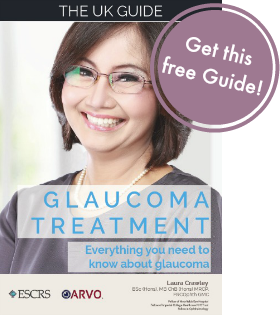

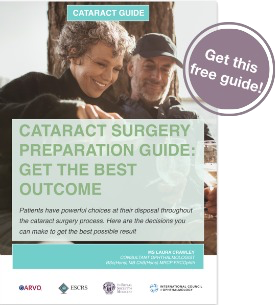









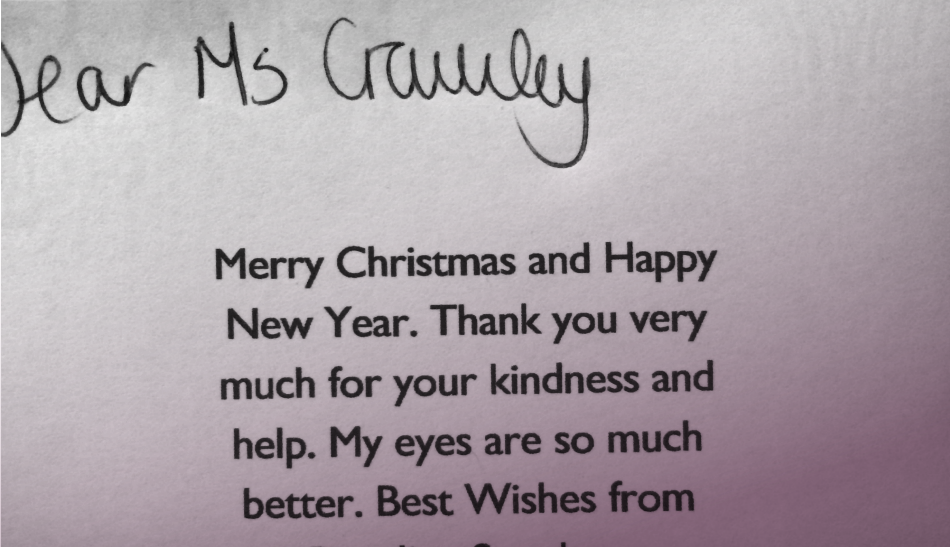
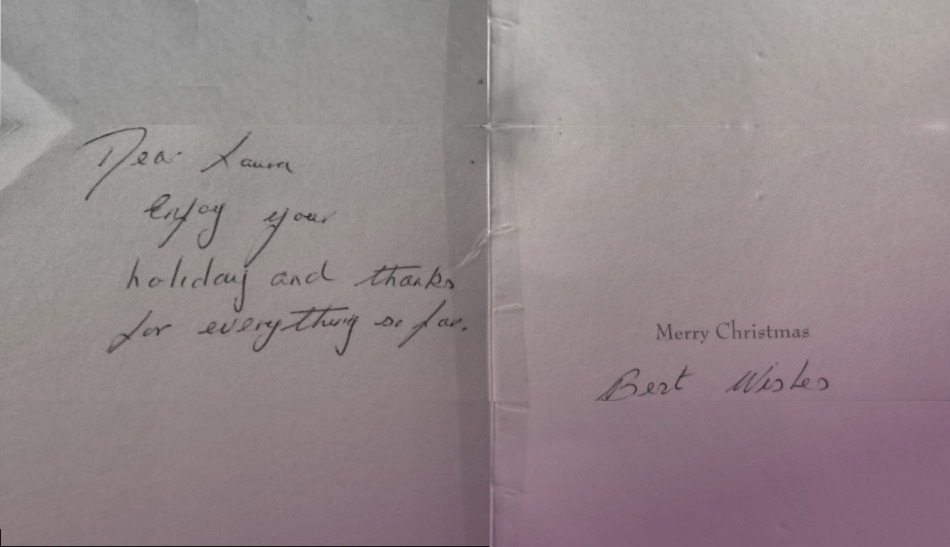
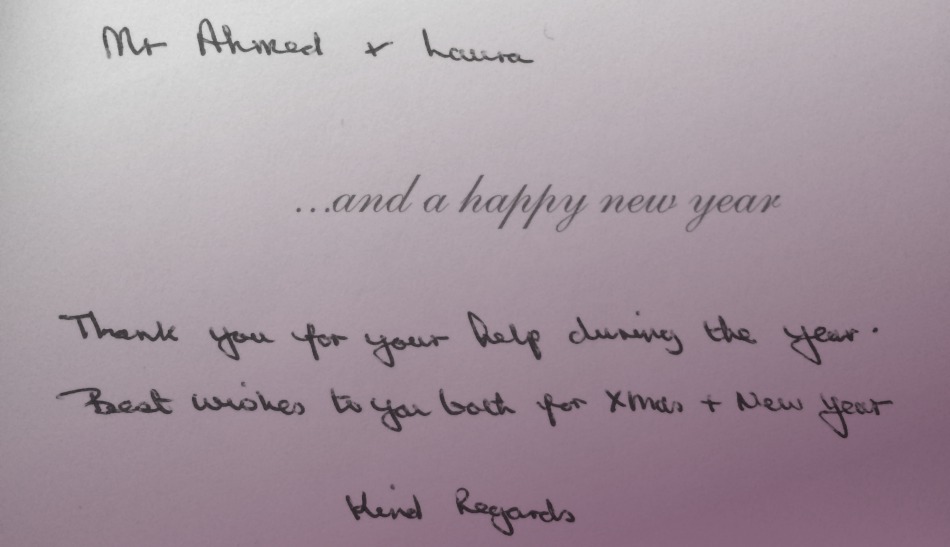
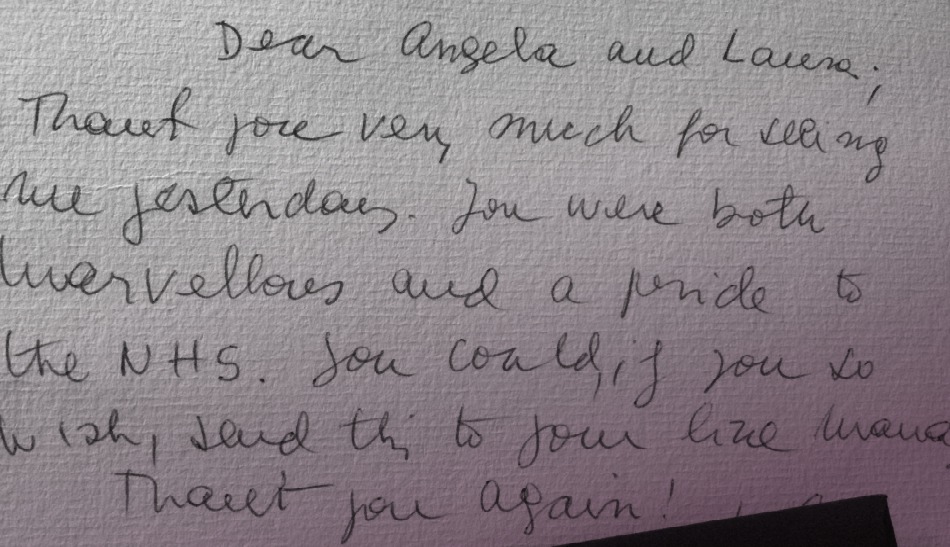
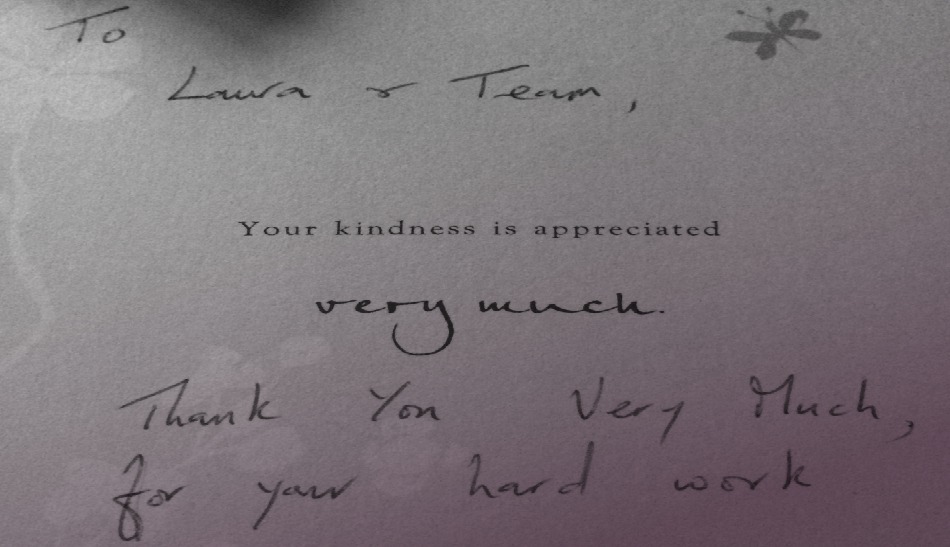
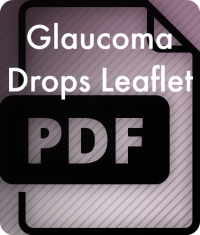
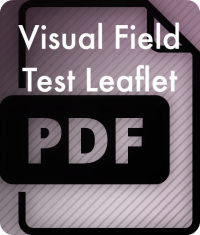






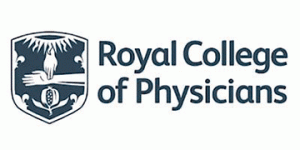

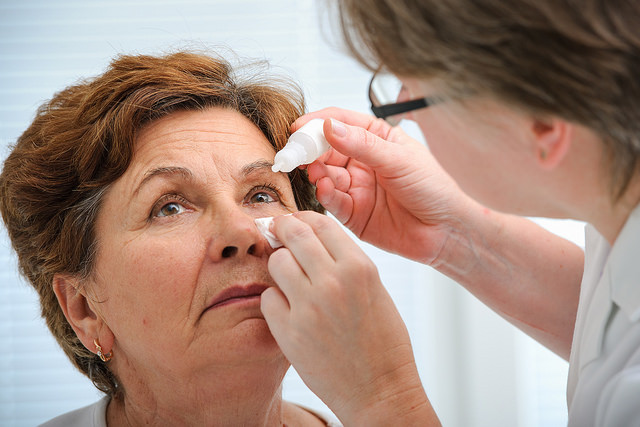

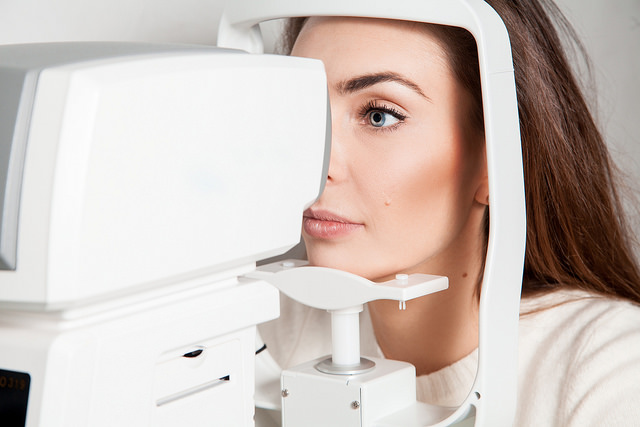
Find us on social media